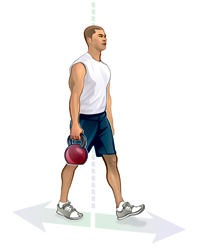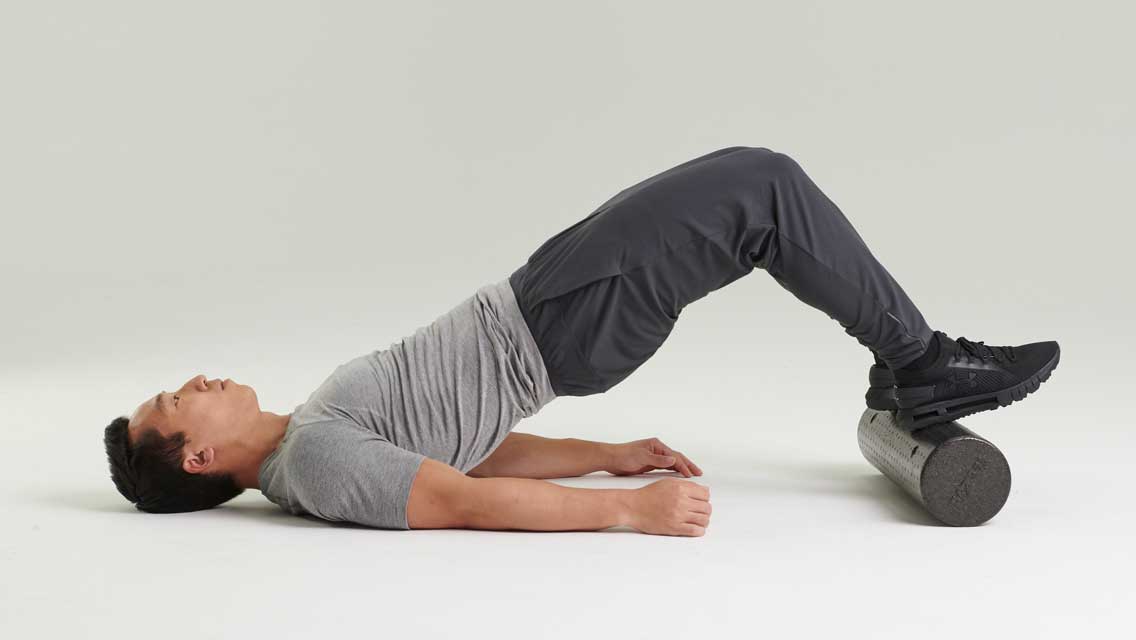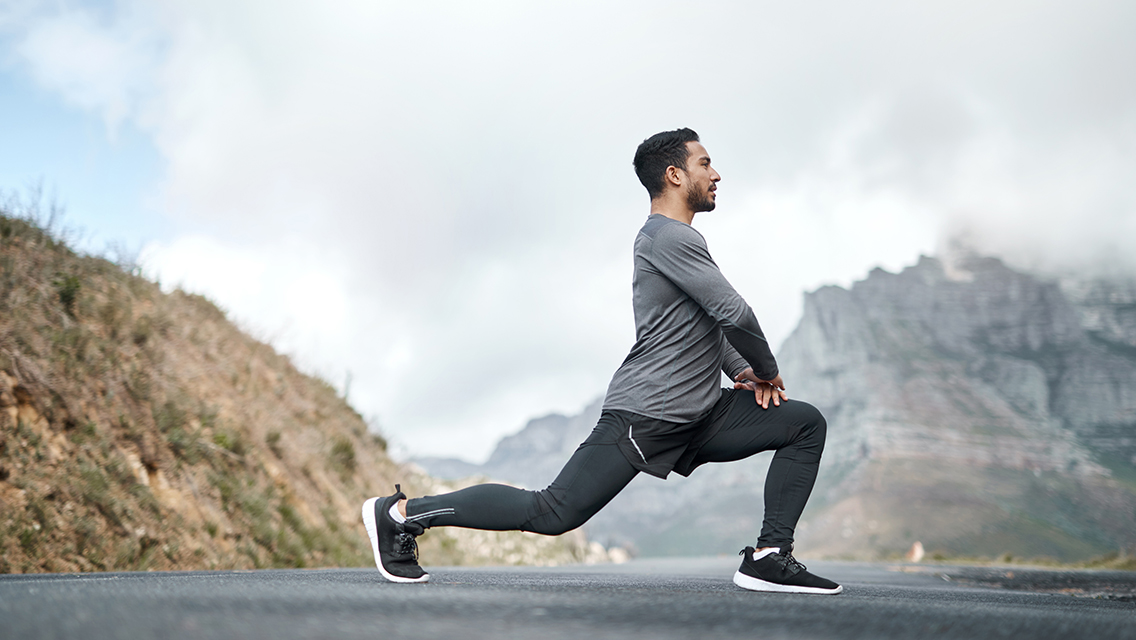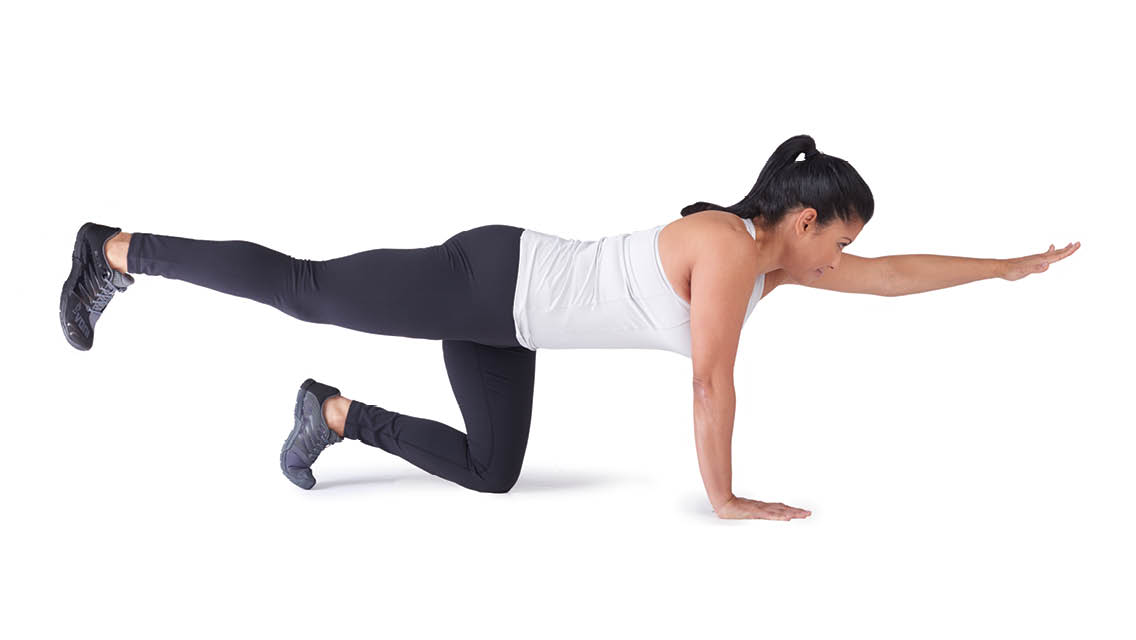The quadratus lumborum (QL) muscles are critical players in core stabilization. They attach the pelvis to the lumbar vertebrae and perform a number of functions ranging from back extension to side bends. They come in especially handy for picking up heavy objects off the ground and carrying them. Unfortunately, our sedentary lifestyle has resulted in weak QLs in just about everyone, says Perry Nickelston, DC, founder of Stop Chasing Pain, a sports rehabilitation center in Ramsey, N.J. A weak QL often leads to chronic tightness and spasms in the surrounding musculature of the hips and lower back. Ultimately, this means decreased spinal stabilization and an increased chance of arthritis and disc degeneration.
“The QL is a weak link in what I call the ‘chain of pain’: an interconnected chain of movement dysfunction and asymmetries present in most people that manifest as pain in other areas,” says Nickelston. “The ‘use-it-or-lose-it’ rule applies.”
A health professional can properly assess your QL strength, he adds, but in the meantime, you can probably assume you have weakness in one or both QL muscles. Doing exercises that specifically improve QL strength, such as offset carries (a.k.a. farmer’s walks), side planks, kettlebell windmills and weighted side bends, certainly won’t hurt matters.
The following tissue-manipulating and strength-building combo is Nickelston’s favorite. It loosens surrounding musculature so you can better build QL strength. Do it twice a week, and expect to feel a difference after the very first session.
Walk-‘n’-Roll


- Foam roll the tensor fasciae latae (TFL, pictured above) and deep muscles of the buttocks on the left side for 60 seconds.
- Pick up a kettlebell or dumbbell in your right hand, and walk around the room for 20 steps. Turn around and walk back to the starting point. The weight should be heavy enough to be challenging, but not so heavy that you tilt to the side while walking — stay bolt upright! Remain tall through the spine, with chest out, shoulders down and back. Remember to breathe.
- Next, foam roll the TFL and deep buttocks on the right side for 60 seconds.
- Holding the same weight in your left hand, do a farmer’s walk for another 20 steps. Turn around and walk back.
- Chances are, one side will feel more difficult. Perform a two-to-one ratio of farmer’s walks on the weaker side compared with the stronger until both sides are symmetrical in strength.
- Once both sides are of equal strength and stamina, you can foam roll both buttocks, then perform a two-handed farmer’s walk holding weights in both hands at the same time. Complete two sets.





This Post Has 0 Comments